24 January 2018
Ai Weiwei is a Chinese artist and activist, the son of a poet exiled to Manchuria and forced by Mao to clean toilets instead of writing poems. He followed in his father’s footsteps, entrusting his message as a dissident and political refugee to art. An art that explores the meaning of identity and freedom in contemporary society in the light of his experience as a migrant and of the weight of the past—Chinese material culture—and the challenges of the present. An art that investigates an uncertain space, permeated by nationalistic impulses and globalization. Ai Weiwei stages, multiplies, appropriates, reappraises, destroys and copies: all in a pop key and without rules, challenging the politically correct and the uncritical acceptance of preestablished schemes. The media respond by pointing an accusatory finger or by extolling him, by meticulously telling the story of his 81 days of imprisonment in a cell where he was kept under 24/7 surveillance in 2011, of the revocation of his passport for the following four years, of his exile in Berlin. Ai Weiwei produces all sorts of things and for everyone: blogs, documentaries, sculptures, performances and photographs. In 2010 he filled the Tate Modern with millions of sunflower seeds modeled by hand in porcelain. His photographic work is now on show at the FOMU in Antwerp in an exhibition entitled Mirror, until February 18. And since last October, with an installation entitled Good Fences Make Good Neighbors, he has flooded New York with cages and images of migrants, rousing his fans and detractors once again, for no other artist polarizes views as much as he does, challenging the media and courting controversy with his selfies.
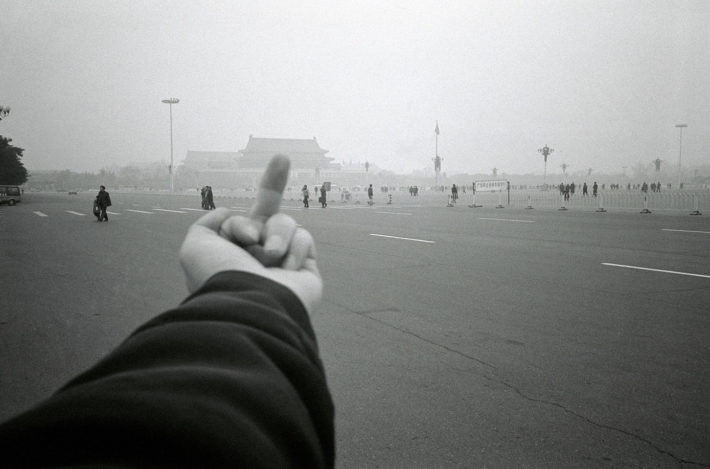
Ai Weiwei, Study of Prospective, 1995-2011, Tienanmen Square, Beijing, 1995. Courtesy: Ai Weiwei Studio.
Since the Chinese authorities returned your passport you have visited more than forty refugee camps. These journeys have been the basis of numerous projects, including the documentary Human Flow and the citywide installation Good Fences Make Good Neighbors, which celebrates forty years of the Public Art Fund’s activity in New York with its most ambitious commission. What inspired it?
Good Fences Make Good Neighbors is the outcome of many years of preparation, of thinking about and experiencing current political conditions. After the Cold War and the collapse of the Berlin Wall, this process of globalization started, which meant freedom and political change, the breakdown of borders in many ways. Today, however, we find people are building walls and defending frontiers again. As a consequence, we are disorientated. In fact there are two maps, and they do not match. The structures of power, economic, political and commercial interests make up one map; frontiers, another.
How have you turned New York into a workshop on this global class and power struggle?
I was chosen by the Public Art Fund in New York City. As an artist it’s not an ideal situation, but New York is a city I love. I spent years there, from the age of 24 to 36. It’s an immigrant’s city, everyone has come from somewhere else, either as refugee children or as immigrant children. They all forcibly or voluntarily gave up their homeland to come to this island. So I think it was a perfect location to set up this conversation about territory, borders, nationality, self-identity and mixed culture. So I developed this concept, dealing with the existing city structure, taking NY as a readymade. I took the culture as readymade and added the sense in which you are relating to infrastructure, street, subway, bus stations, public parks and monuments in order to make people aware of the situation, and at the same time not intruding into their daily lives. It’s not a sculpture in the classical sense. I wanted to propose something that would make the people of the city reflect on their identity and on the space around them.

Ai Weiwei, Arch, 2017. Courtesy: Ai Weiwei Studio / Frahm & Frahm. Photo: Jason Wyche, courtesy Public Art Fund, NY. On view as part of the citywide exhibition Good Fences Make Good Neighbors, presented by Public Art Fund October 12, 2017-February 11, 2018.
Between cages, gates and posters, you have carried out three hundred site-specific interventions for the Public Art Fund. You frequently make use of large numbers as a methodological instrument of your work. As you have done in the solo exhibition at the FOMU in Antwerp, where you are showing 20,000 photographic prints. Do you think that in our globalized and inattentive society art has to make itself more and more visible?
No, I don’t think so. I think for me it comes out of my experience, and the study of perspective always puts one into many: to relate myself to others, to society, to China, to the world, to refugees, to humanity. So I always try to build this perspective into the relations. People feel crushed by dimensions and numbers, but it is just a matter of perspective. It depends on how you look at things around you. We observe the world and we interpret it with our heads, but this has nothing to do with objective truth. Truth is not just what is produced by the human intellect. The truth, sometimes, can be insensitive, and very remote from our perspective on things.
At the FOMU in Antwerp you decided to show—among the many series of photographs—a work from 2007 entitled Fairytale and produced for Documenta in Kassel. It consists of 1001 photographic portraits of Chinese citizens who you flew in to visit the exhibition. What is the place of the “fairytale” in the contemporary human condition?
I had already begun to understand globalization back then, the way it brings together people from different places, with different political backgrounds. China, communists, they have no experience of contemporary art. The West, with this kind of liberalism, has made contemporary art part of a human social structure. There are conflicts and clashes between these two societies. I thought about how to show all this in as pacific, as fabulous a way as possible, how to get my fellow citizens interested in the exhibition—even though they did not of course have and do not have the grounding to understand Documenta. However, I don’t understand many works shown at Documenta either. Maybe it takes a lifetime to understand what the meaningless means. In any case, fairytales always produce something special, even if they are impracticable.

Ai Weiwei, Odyssey 3, 2017. Courtesy: Ai Weiwei. Photo: Timothy Schenck, courtesy Public Art Fund, NY. On view as part of the citywide exhibition Good Fences Make Good Neighbors, presented by Public Art Fund October 12, 2017-February 11, 2018.
The media insist on claiming that your art is a continual provocation, designed to get people talking about you. Do you think you’ve been misunderstood or do you believe that an artist today must always—to some extent—be provocative to make his audience reflect?
No, being provocative is never my strategy. I am far from provocative.
To what degree has the experience of imprisonment had an influence on your attitude toward art and freedom?
Detention had only a relative effect in my case, partly because it was a short experience in comparison with what others have been through: people who lost their voice forever. I experienced something different from those people, of whom we will never know anything, about either their thoughts or what they did. What I have understood is that all dictators who rely on censorship are afraid of freedom. Restricting someone else’s freedom is the only way they know to maintain their power. Otherwise they would lose it.

Ai Weiwei, Banner 112, 2017. Courtesy: Ai Weiwei. Photo: Jason Wyche, courtesy Public Art Fund, NY. On view as part of the citywide exhibition Good Fences Make Good Neighbors, presented by Public Art Fund October 12, 2017-February 11, 2018.
Over the course of your career you’ve used a very broad range of media, formats and languages: from sculpture to photography, from the documentary to the blog. What is the framework—theoretical or practical—in which you feel you are operating to all intents and purposes as an artist?
For me, if there is not a big spectrum of possibilities, simply, there is no art. My understanding of art is about exploring those possibilities in the aesthetic and moral realm.
Speaking of aesthetics and morality, when does an artist stop being “Duchamp” and turn into “Snowden”?
These two individuals from different times look on the surface as if they are dealing with very different issues, but ethically or philosophically they are the same. They are individuals who created a possibility for most other people. With his work Duchamp laid new foundations for all artists, who have been able to go in all sorts of directions after him. Snowden provided important evidence of the surveillance of citizens carried out by the government. A momentous revelation. He, more than anyone else, deserves a Nobel prize.
What is your mission, Ai Weiwei?
To finish this cup of tea, and then to talk to another journalist and patiently explain my situation. I have realized that I need to explain my situation and what I am doing clearly. Everything I do, even the most normal action, is considered a provocation, and this is no good.

Ai Weiwei, Circle Fence, 2017. Courtesy: Ai Weiwei. Photo: Timothy Schenck, courtesy Public Art Fund, NY. On view as part of the citywide exhibition Good Fences Make Good Neighbors, presented by Public Art Fund October 12, 2017-February 11, 2018.
If a “normal” action is seen as a provocation, regardless, what space is left to us?
The only space left is the individual. So you have to respect nature and respect other people, and then you have to be very cautious about the political structure.
Do you think that today the internet is the most powerful means that the individual has to move on to action?
The internet has been a miracle. It has given the individual the power and the resources to be independent. In the past, everything depended on the class you belonged to, on your family, on the depth of your pockets, which in turn shaped your relationships, knowledge and capacity to act. Thanks to the internet, individuals have been given the means to make themselves heard, act, make choices—quite apart from their socioeconomic conditions at the outset.
What role does the selfie play in this new world?
It plays no role, it is just a show. We want to be present, to be alive. And we want to show that we are alive.

Ai Weiwei, Circle Fence, 2017. Courtesy: Ai Weiwei. Photo: Timothy Schenck, courtesy Public Art Fund, NY. On view as part of the citywide exhibition Good Fences Make Good Neighbors, presented by Public Art Fund October 12, 2017-February 11, 2018.

Ai Weiwei, Exodus, 2017. Courtesy: Ai Weiwei. Photo: Ai Weiwei Studio, courtesy Public Art Fund, NY. On view as part of the citywide exhibition Good Fences Make Good Neighbors, presented by Public Art Fund October 12, 2017-February 11, 2018.

Ai Weiwei, Five Fences, 2017. Courtesy: Ai Weiwei. Photo: Jason Wyche, courtesy Public Art Fund, NY. On view as part of the citywide exhibition Good Fences Make Good Neighbors, presented by Public Art Fund October 12, 2017-February 11, 2018.

Ai Weiwei, Brooklyn Shelter 4, 2017; Good Neighbors 17, 2017; Good Neighbors 12, 2017. Courtesy: Ai Weiwei Studio / Frahm & Frahm. Photo: Jason Wyche, courtesy Public Art Fund, NY. On view as part of the citywide exhibition Good Fences Make Good Neighbors, presented by Public Art Fund October 12, 2017-February 11, 2018.

Ai Weiwei, Bowery Fence, 2017. Courtesy: Ai Weiwei. Photo: Timothy Schenck, courtesy Public Art Fund, NY. On view as part of the citywide exhibition Good Fences Make Good Neighbors, presented by Public Art Fund October 12, 2017-February 11, 2018.

Ai Weiwei, National Stadium, 2005-2008. Courtesy: Ai Weiwei Studio.
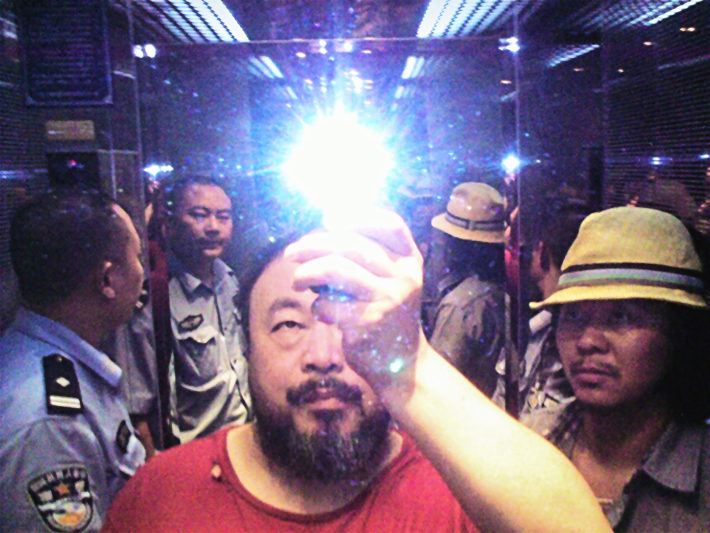
Ai Weiwei, Illumination, 2009. Courtesy: Ai Weiwei Studio.
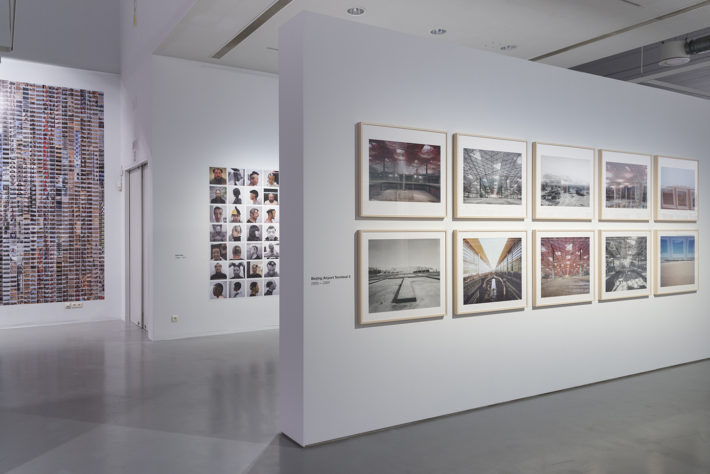
Ai Weiwei, Mirror, FOMU, Antwerp, 2017. Photo: Guy Voet.
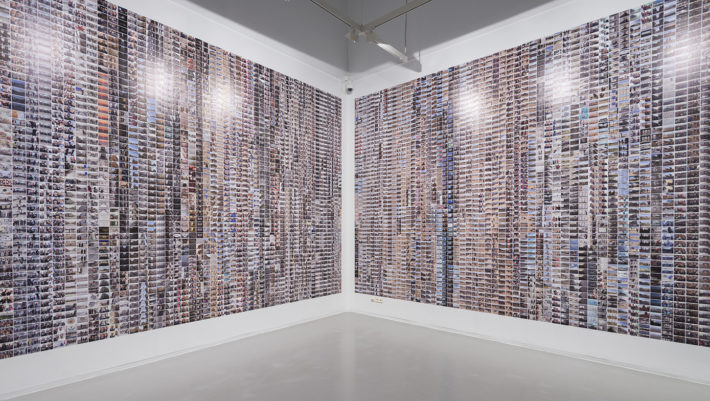
Ai Weiwei, Mirror, FOMU, Antwerp, 2017. Photo: Guy Voet.
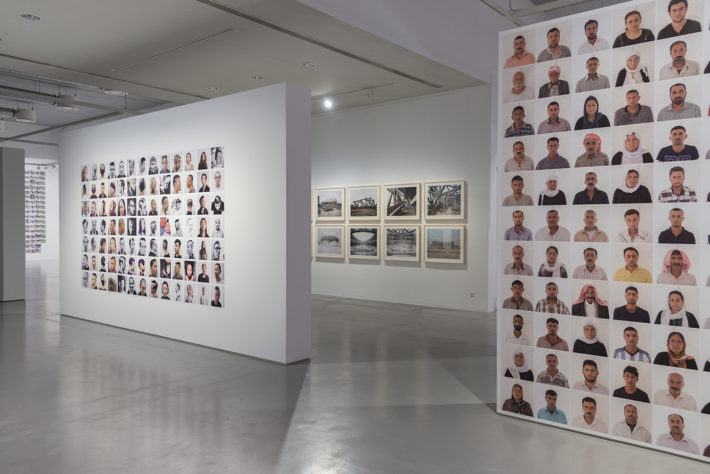
Ai Weiwei, Mirror, FOMU, Antwerp, 2017. Photo: Guy Voet.
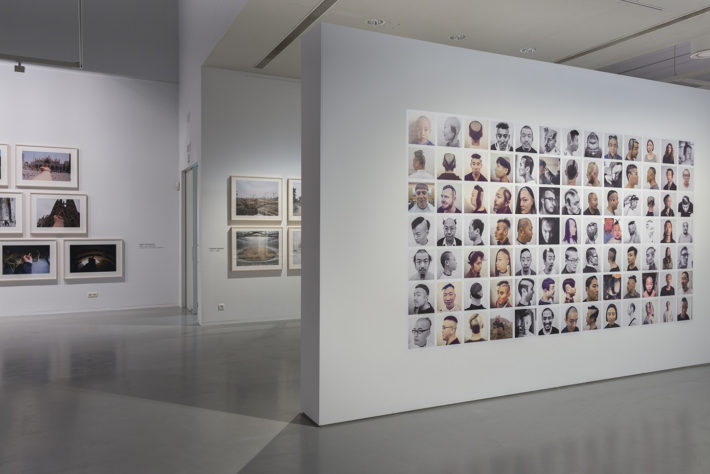
Ai Weiwei, Mirror, FOMU, Antwerp, 2017. Photo: Guy Voet.
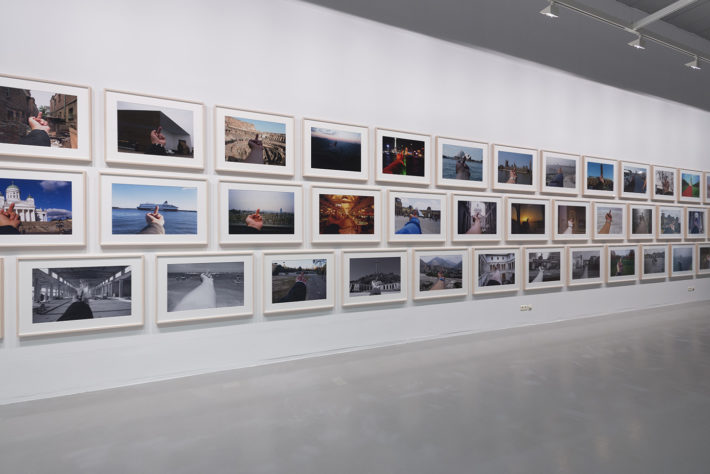
Ai Weiwei, Mirror, FOMU, Antwerp, 2017. Photo: Guy Voet.

Ai Weiwei, Mirror, FOMU, Antwerp, 2017. Photo: Guy Voet.